The aroma of roasted turkey fills American homes every Thanksgiving, a scent so deeply tied to the holiday that it’s hard to imagine the feast without it. But behind that golden, juicy bird lies a culinary secret: brining and injecting. While many home cooks swear by dry rubs or traditional roasting methods, the practice of injecting turkeys with flavorful brines has gained traction in recent years, promising a moister, more flavorful result. This technique isn’t just for professional chefs—home cooks are embracing it, too, though not without debate.
The Science Behind Brining and Injecting
Brining, at its core, is about osmosis. A turkey soaked in a saltwater solution allows the meat to absorb moisture, which helps it retain juices during cooking. But traditional brining requires time—often 12 to 24 hours—and ample refrigerator space, which can be a challenge for home cooks. Enter injection brining: a faster, more targeted approach. Using a syringe-like tool, cooks inject a seasoned brine directly into the turkey’s muscles, delivering flavor and moisture deep into the meat. The result? A bird that’s succulent from the first slice, with seasoning that penetrates beyond the surface.
Proponents argue that injection brining is a game-changer, especially for larger turkeys where dry spots are common. The technique ensures even distribution of flavors, from herbs and spices to butter and stock. However, critics caution that over-injecting can lead to a mushy texture or overly salty meat. The key, as with many culinary techniques, lies in balance. A well-executed injection can elevate a Thanksgiving turkey from good to unforgettable, but it requires precision and restraint.
A Cultural Shift in Thanksgiving Traditions
Thanksgiving has always been a holiday steeped in tradition, with families passing down recipes for stuffing, cranberry sauce, and, of course, turkey. For decades, the standard method involved rubbing the bird with butter, stuffing it with aromatics, and roasting it low and slow. But as cooking shows and food blogs democratize professional techniques, home cooks are experimenting with methods once reserved for restaurants. Injection brining is part of this shift, reflecting a broader trend toward culinary innovation, even in the most traditional meals.
Some purists balk at the idea, arguing that it’s unnecessary or even disrespectful to the simplicity of a well-roasted turkey. Yet, for others, the appeal is undeniable. In an era where time is scarce and expectations are high, injection brining offers a reliable way to achieve restaurant-quality results at home. Social media has played a role, too—videos of turkeys being injected with savory liquids go viral every November, sparking curiosity and inspiring attempts in home kitchens across the country.
The Practicalities of Injection Brining
For those willing to try, the process is straightforward but requires attention to detail. A basic brine might include chicken or turkey stock, melted butter, salt, sugar, and herbs like rosemary or thyme. The mixture is heated to dissolve the salt and sugar, then cooled before injecting. The turkey is injected at multiple points, focusing on the breast and thighs, where dryness is most common. After injection, the bird should rest for at least an hour—or ideally overnight—to allow the brine to distribute evenly.
Food safety is a critical consideration. Because the brine is injected deep into the meat, it’s essential to use a clean, sanitized injector and to refrigerate the turkey immediately after treatment. Cross-contamination can be a risk if proper hygiene isn’t maintained. Additionally, some pre-brined or pre-injected turkeys are available commercially, but these often contain higher sodium levels than homemade versions, a factor worth noting for health-conscious cooks.
Flavor Possibilities and Creative Twists
One of the biggest advantages of injection brining is its versatility. While classic herb-and-butter combinations are popular, adventurous cooks are experimenting with global flavors. A Cajun-inspired brine might include hot sauce and cayenne pepper, while an Asian-inspired version could feature soy sauce, ginger, and garlic. For a smoky twist, some add liquid smoke or smoked paprika to the mix. The possibilities are limited only by the cook’s imagination—and the guests’ palates.
This adaptability makes injection brining particularly appealing for modern Thanksgiving tables, where dietary preferences and flavor profiles vary widely. A single turkey can be customized to suit different tastes, ensuring that everyone at the table finds something to love. It’s a small but meaningful way to honor the holiday’s spirit of inclusivity and abundance.
The Future of Thanksgiving Turkey
As cooking techniques continue to evolve, it’s likely that injection brining will become even more mainstream. Already, kitchenware companies are marketing affordable injector kits, and grocery stores are stocking pre-made injection brines alongside turkeys. Whether this method will eventually surpass traditional brining or dry-roasting remains to be seen, but its popularity is a testament to Americans’ willingness to innovate, even when it comes to cherished traditions.
At its heart, Thanksgiving is about gathering, gratitude, and, yes, good food. Whether the turkey is brined, injected, or simply roasted to perfection, what matters most is the joy it brings to the table. For those curious about injection brining, the best advice is to give it a try—after all, the worst that can happen is a lesson learned, and the best is a turkey that steals the show.

By /May 26, 2025

By /May 26, 2025
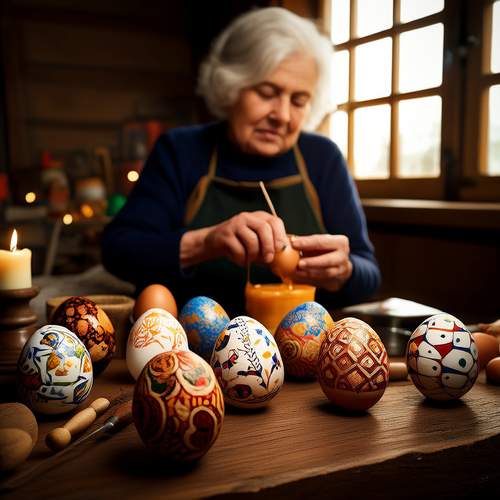
By /May 26, 2025

By /May 26, 2025

By /May 26, 2025
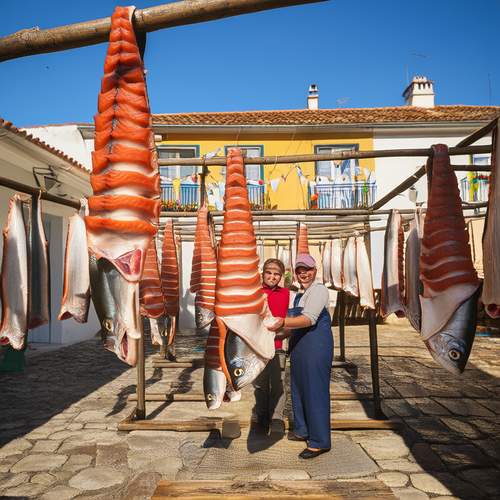
By /May 26, 2025
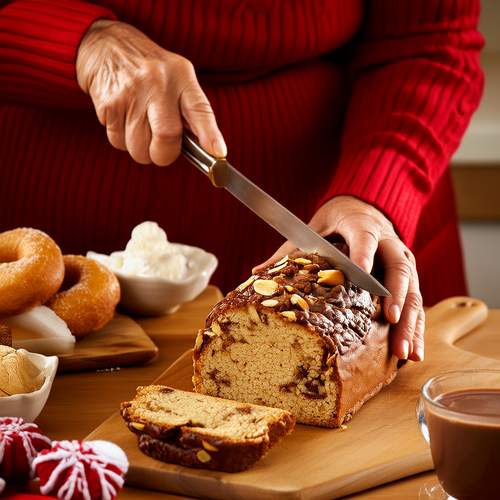
By /May 26, 2025
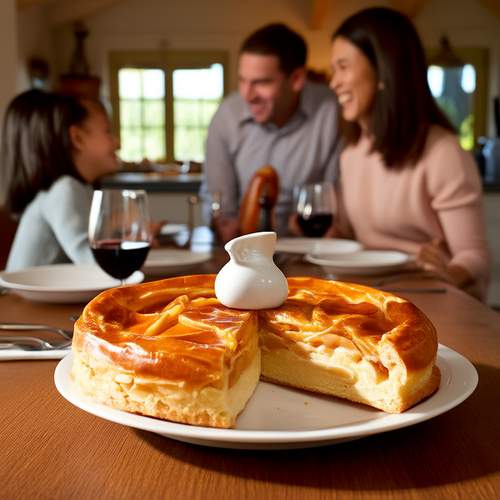
By /May 26, 2025
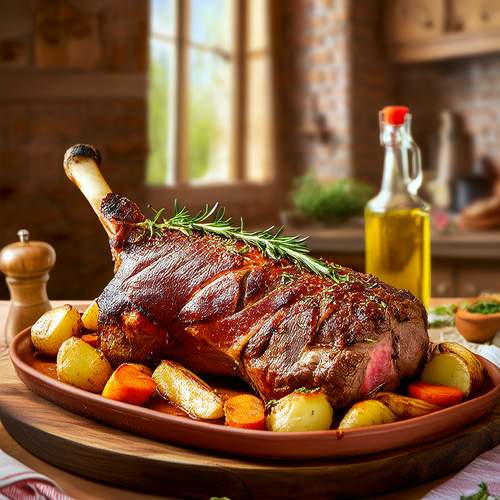
By /May 26, 2025
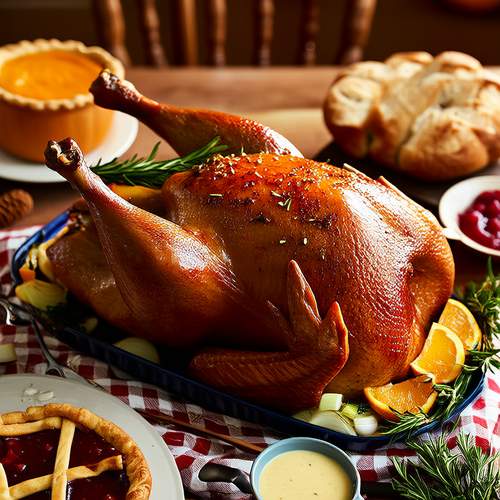
By /May 26, 2025

By /May 26, 2025

By /May 26, 2025
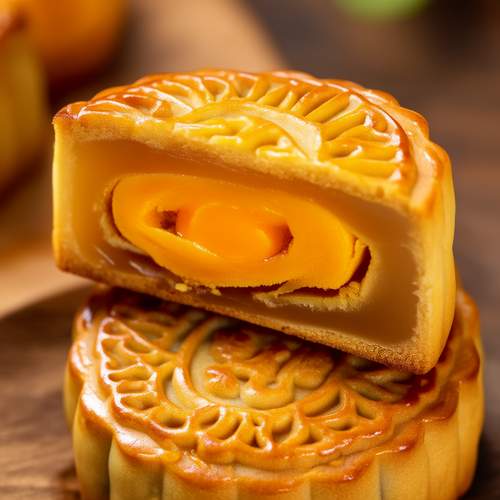
By /May 26, 2025

By /May 26, 2025
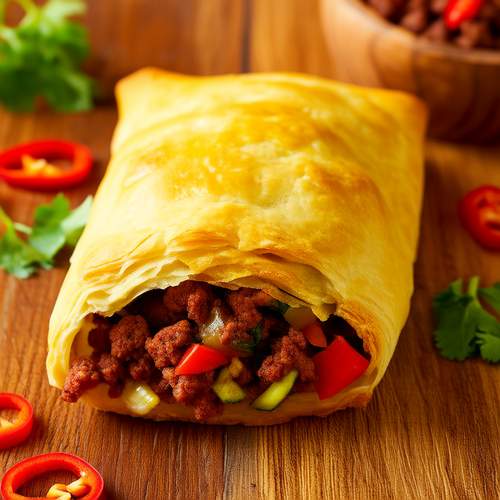
By /May 26, 2025

By /May 26, 2025
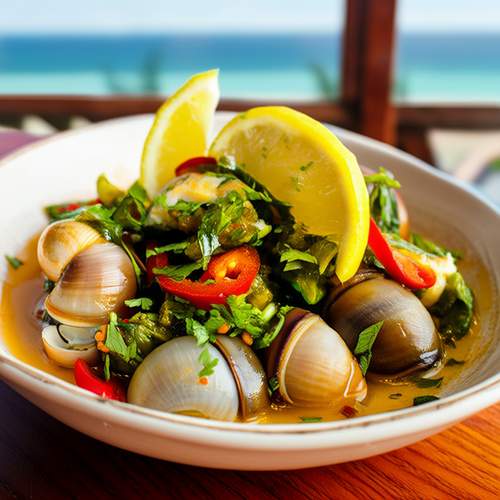
By /May 26, 2025

By /May 26, 2025

By /May 26, 2025
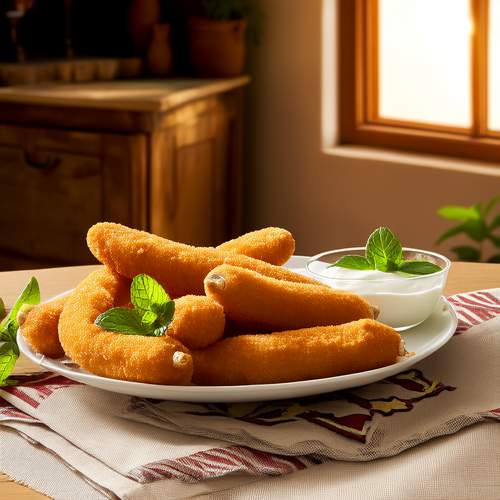
By /May 26, 2025